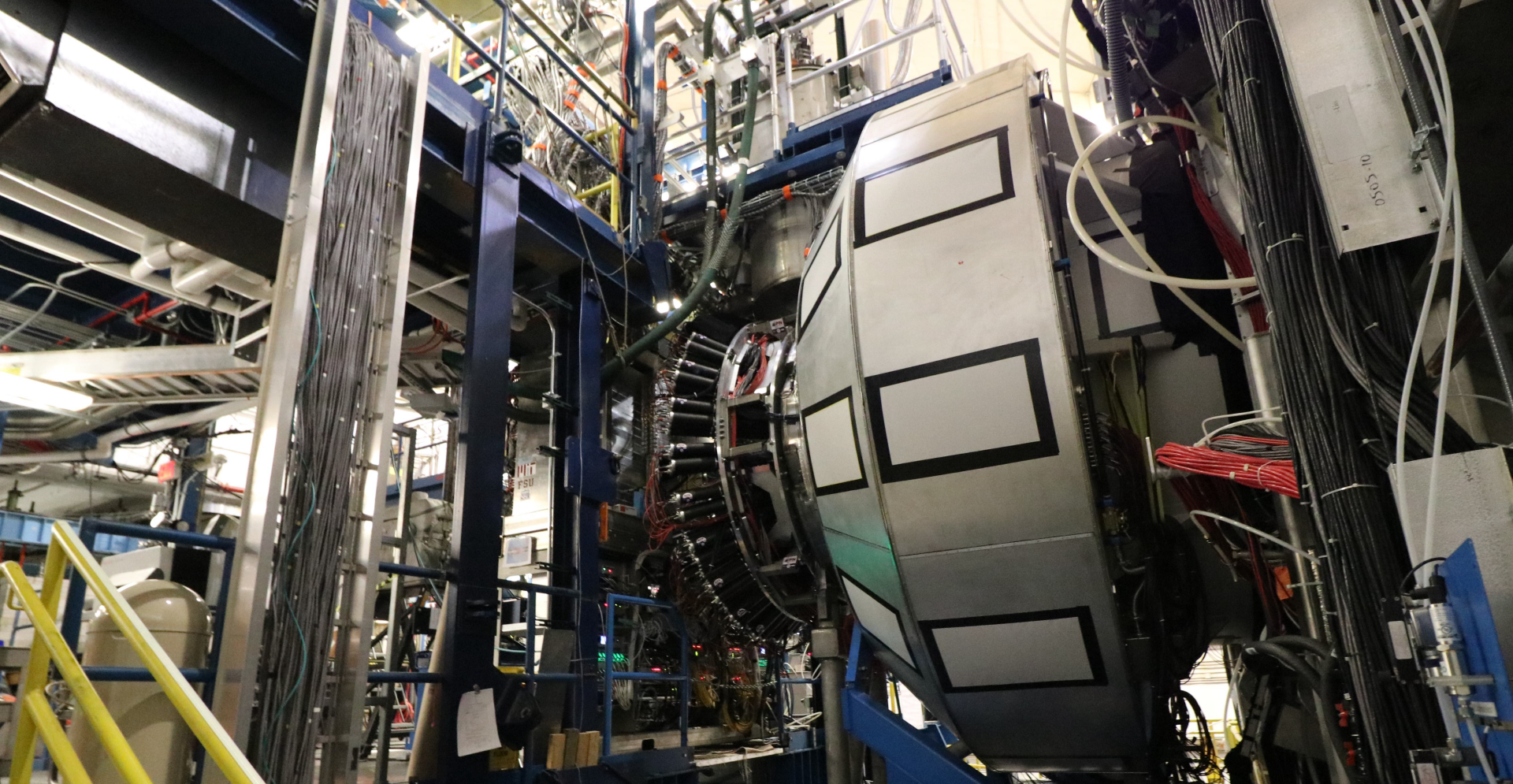# Humanity’s most distant space probe jeopardized by computer glitch

Voyager 1, humanity’s most distant space probe currently located more than 15 billion miles away, is facing a significant challenge due to a computer malfunction. The glitch, which emerged on November 14, has impeded the spacecraft’s capability to transmit essential telemetry data, including readings from its scientific instruments as well as fundamental engineering data about its operational status. As a result, crucial parameters related to the craft’s propulsion, power, and control systems remain inaccessible.
Suzanne Dodd, the Voyager project manager at NASA’s Jet Propulsion Laboratory, expressed determination despite the setback, stating, “It would be the biggest miracle if we get it back. We certainly haven’t given up.” She oversees a team of engineers responsible for the ongoing mission of the Voyager spacecraft. Voyager 1, which travels at a speed of 38,000 mph (17 kilometers per second), represents the farthest-reaching man-made object, surpassing its sister spacecraft Voyager 2, which was launched 16 days earlier in 1977.
Since Voyager 1 surpassed the heliopause, where solar particles meet the interstellar medium, its scientific efforts have been focused on studying cosmic rays, the magnetic field, and the plasma environment in interstellar space. The spacecraft no longer takes photographs as it did in the past. The only other probe currently on track to enter interstellar space is NASA’s New Horizons, scheduled to reach this milestone in the 2040s.
The latest issue affecting Voyager 1 pertains to its Flight Data Subsystem (FDS), one of three computers aboard the spacecraft. The FDS is responsible for gathering and consolidating scientific and engineering data into a binary code data package, which is then transmitted back to Earth through Voyager’s 12-foot (3.7-meter) dish antenna. However, in November, the transmitted data displayed a recurring pattern of ones and zeros, indicative of a potential system malfunction.
Engineers have been tirelessly working to identify the root cause of the problem, with the leading hypothesis pointing to a memory corruption in the FDS. However, without access to detailed telemetry, the engineers face difficulties pinpointing the exact location of this memory corruption. Although Voyager 1 remains operational, the lack of comprehensive telemetry data has impeded further progress in resolving the issue.
Voyager’s FDS, a pioneering innovation in computing when it was developed five decades ago, was the first spacecraft computer to incorporate volatile memory. Despite its advanced design, the spacecraft experienced the failure of its backup FDS in 1981. Since the glitch emerged, the only signal received from Voyager 1 has been a carrier tone, indicating the spacecraft’s continued functioning without any indication of significant problems. However, the engineering team is determined to overcome the current setback and restore Voyager 1’s full operational capacity.

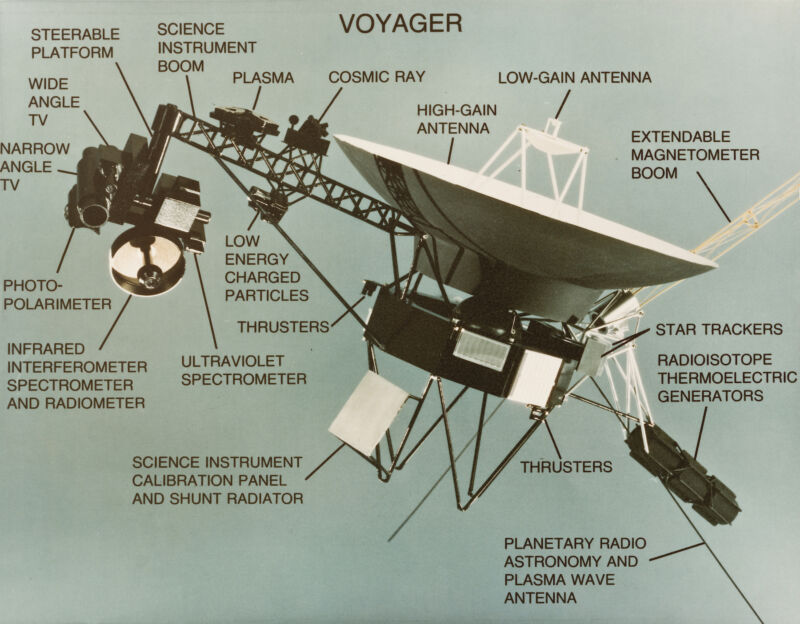

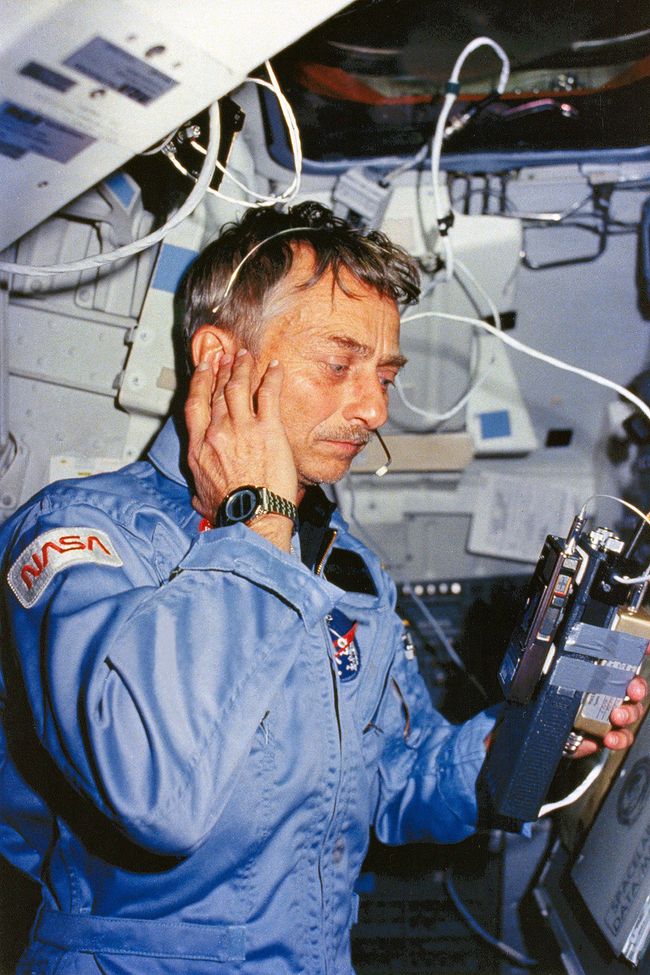
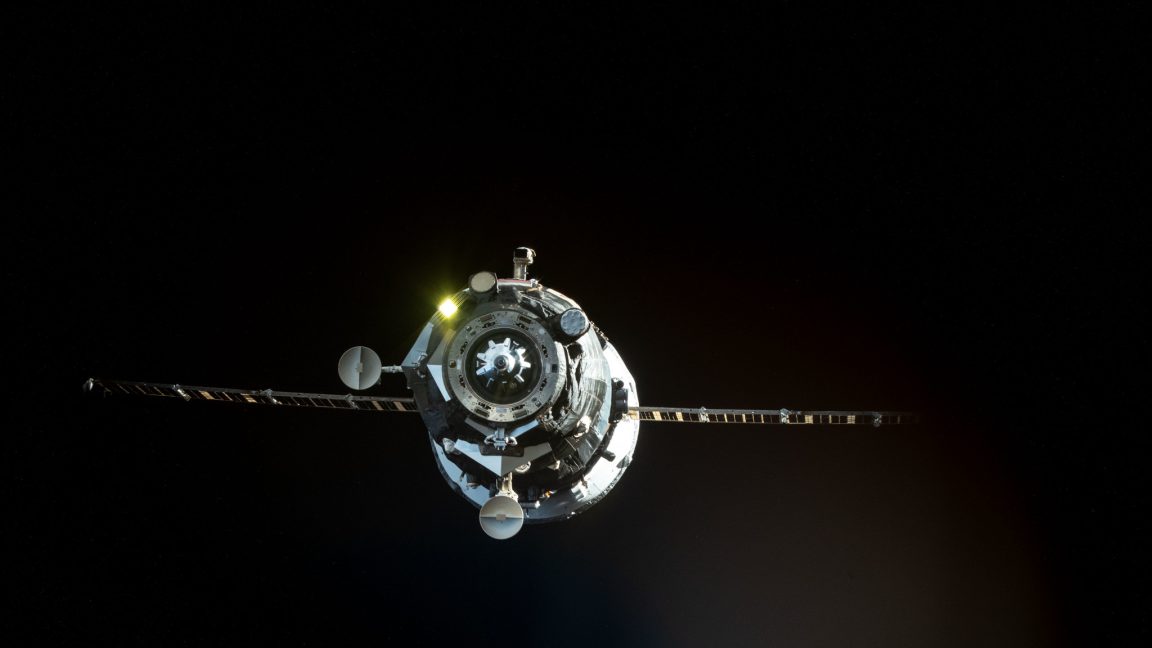
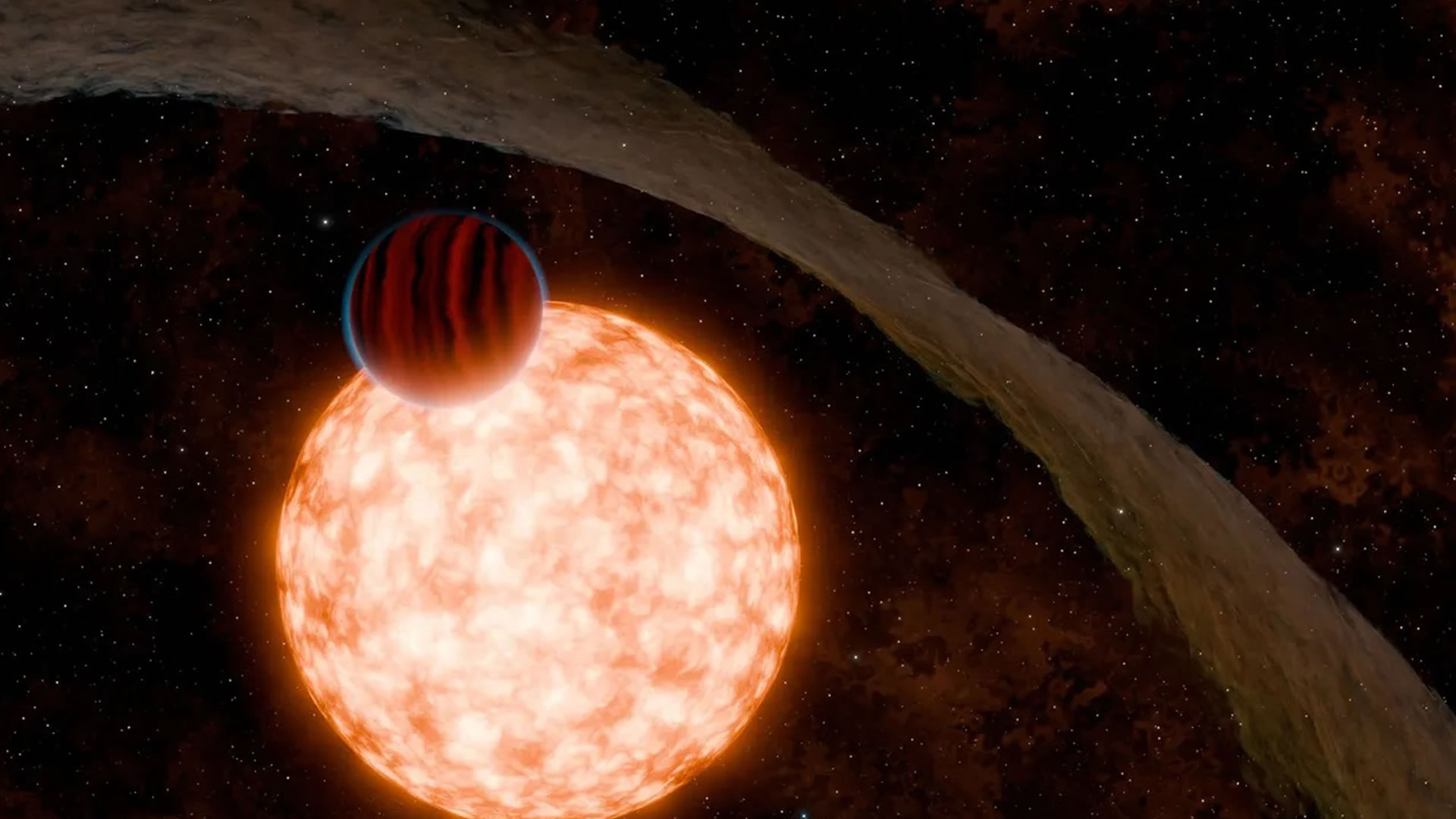
:max_bytes(150000):strip_icc()/BTCUSDChart-c26e5881ebc34f33910ad841d6c8862c.gif)

